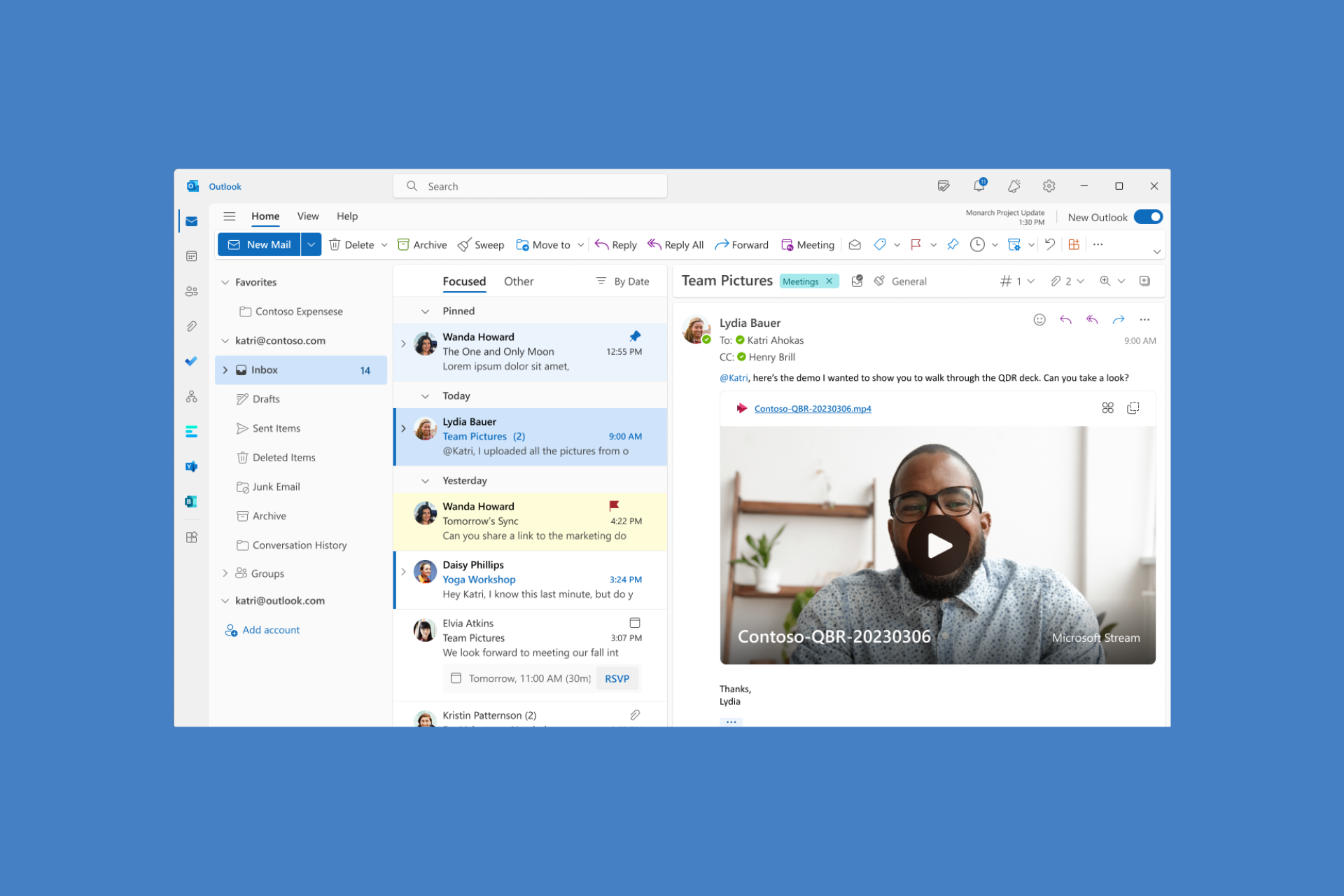You can't install Windows 11 24H2 if you don't have a SSE 4.2 CPU
Windows 11 24H2 has another requirement that no one has thought about
2 min. read
Published on
Read our disclosure page to find out how can you help Windows Report sustain the editorial team Read more

The new Windows 11 24H2 is coming soon, but Insiders got to test it in various iterations, including the LTSC version for OEMs. However, according to a few users who’ve tried to boot it, there are some issues to deal with from the start.
Bob Pony reported on X that Windows 11 Build 26080 now requires a CPU with SSE 4.2 to run, otherwise, the system will loop reboot indefinitely.
What is SSE 4.2 and why does Windows 11 requires this feature?
As you might have imagined, SSE is an acronym for Streaming SIMD Extensions, a set of instructions embedded into the latest CPUs to enhance multimedia and mathematical operations. Some applications such as Adobe Creative Cloud require SSE 4.2.
The problem is that Windows 11 requires SSE 4.2 because it has a component called POPCNT (Population count – a string of bits, not the actual people count). Intel implemented POPCNT beginning with the Nehalem microarchitecture and AMD implemented it starting with the Barcelona microarchitecture.
Nehalem architecture was introduced by Intel in 2008 and AMD has it in AMD 10h CPUs from 2007 so, if you have a relatively new machine, your processor comes with SSE 4.2 and you can relax.
However, you can still check if you have it. To do that, open System Information and find the Processor section. Then, check the CPU specifications online for your processor to see if it is SSE 4.2 compatible.

For instance, I looked up my Intel CPU of the official website and found out that it is SSE 4.2 ready. You may also use a dedicated tool for CPUs such as the Intel Processor Identification Utility or any other such tool.
Now, we don’t know exactly if Microsoft knows about this exclusion or if Windows 11 really needs this feature to run, but right now, it seems that the new update won’t boot without it.
However, there are a lot of chances that if you have an older PC with a 2006 or older CPU, it won’t boot Windows 11 anyway because of other system requirements.
Do you have an older PC? Tell us your thoughts in the comments section below.








